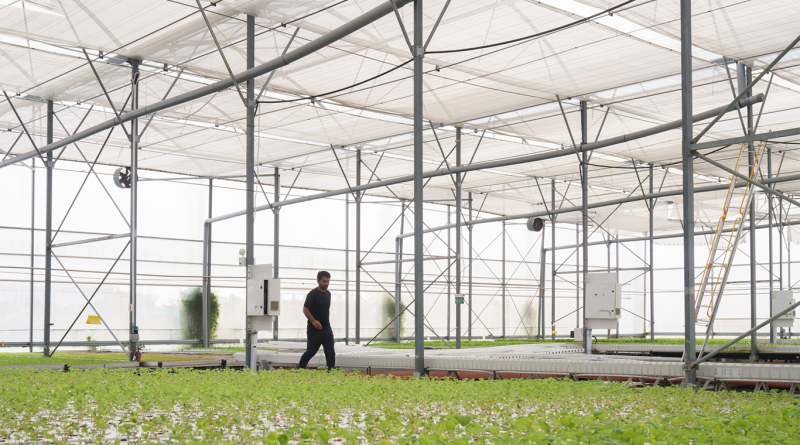Singapore’s High-Tech Farming Dreams Falter as Food Security Plan Faces Setbacks
Singapore’s Local Farming Vision Struggles to Take Root
Singapore’s ambitious “30 by 30” initiative, which aims to produce 30% of its nutritional needs locally by 2030, is encountering significant challenges. Despite initial enthusiasm for high-tech urban farming, the country’s reliance on food imports, coupled with high operational costs and limited land space, continues to hinder progress.
Launched in response to vulnerabilities in global food supply chains, the 30 by 30 plan sought to ensure food security by reducing Singapore’s heavy reliance on imports. This vision involved massive investments in cutting-edge technologies such as vertical farming, aquaculture, and automation, aiming to create a sustainable, tech-driven agricultural sector. The initiative promised to position Singapore as a leader in urban farming, but various obstacles have limited its success.
Challenges Facing Singapore’s Urban Farms
Despite the innovative technology in place, local farms struggle to achieve profitability. High operational costs for labour and energy, coupled with limited land, create barriers for urban farms. For instance, LivFresh, a local vertical farm, faces potential closure as these expenses outweigh profits. Furthermore, the proportion of locally grown vegetables and seafood has decreased since the program’s launch in 2019. Currently, only 3.2% of vegetables and 7.3% of seafood consumed in Singapore are produced locally, falling well below the targets. Compounding this, imported food remains cheaper, leading to weak demand for locally produced goods.
Government Support and Sustainability Issues
To tackle these challenges, the Singaporean government has introduced various funding programs aimed at increasing local production. These include the Agriculture Productivity Fund and the Agri-Food Cluster Transformation Fund, which support the adoption of advanced farming techniques. Despite this, economic viability remains a challenge. The local farming industry has seen an increase in the number of farms—from 221 in 2019 to 260 in 2021—but many struggle to maintain profitability. With only 1% of Singapore’s land allocated for agriculture, local farms rely heavily on costly technologies, further straining their ability to compete with imports.
Meeting the ambitious 30 by 30 goal will require overcoming both economic and logistical challenges. While cutting-edge innovations like Growy’s automated vertical farm, which can produce up to 500 tonnes of leafy greens annually, show potential, the larger question is whether these efforts can be scaled effectively across the agri-food sector. Increasing consumer demand for local produce and ensuring sustained government support are essential. Ultimately, balancing innovation with economic sustainability will be key to achieving food security and transforming Singapore into a self-reliant nation by 2030.
Sources:
- Channel News Asia
- Food Navigator Asia
- Eco-Business
- Image – Ore Huiying/Bloomberg
